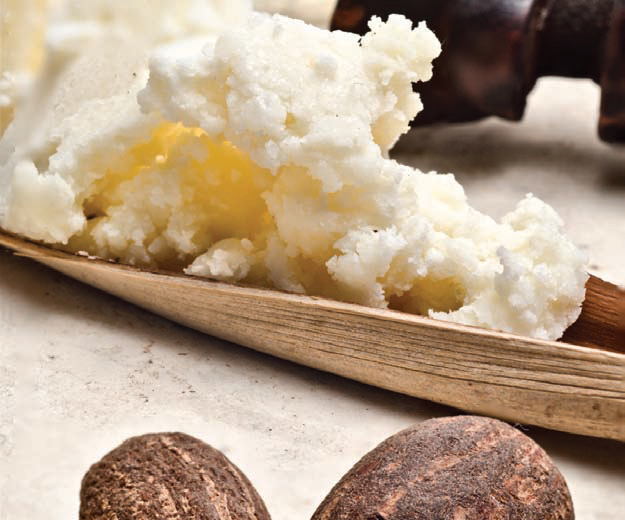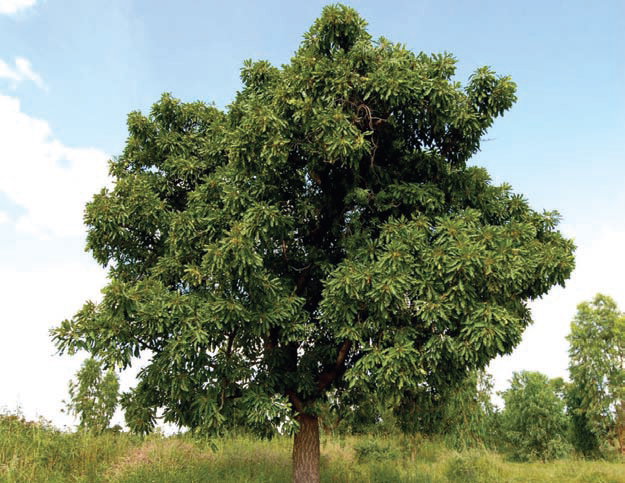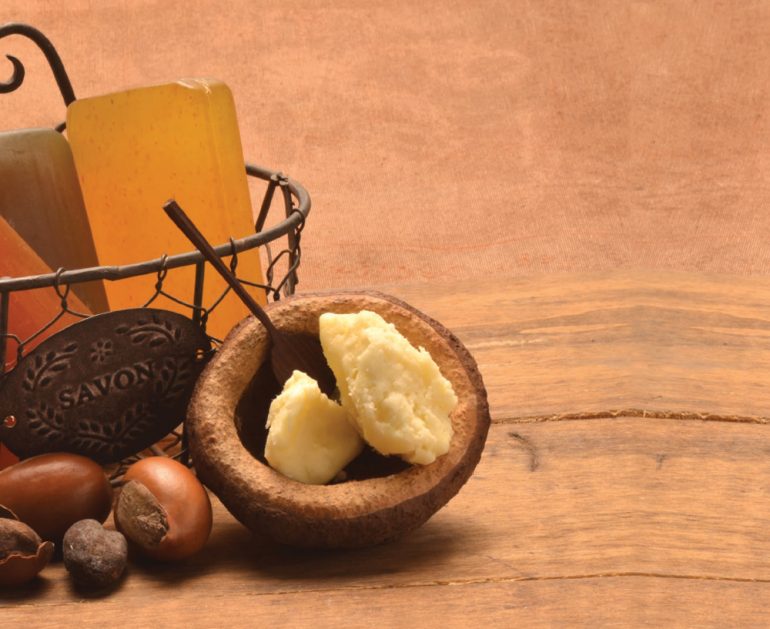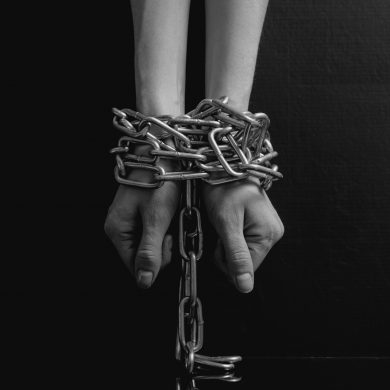My trip to Ghana opened my eyes to Shea butter in its various avatars. In the northern part of Ghana grows the sacred Shea tree – also called “Women’s Gold,” as only the local women are entrusted with the intricate process of creating its Shea butter, and benefit from its trade. Shea butter was always an integral part of the African grandma’s home remedies and a part of daily life in Africa. Gladys Commey is a local entrepreneur who has revived Shea butter in its eco-friendly, natural and all green products’ range under “All Pure Nature.” Gladys started it as a hobby and has come a long way. Her story is remarkable because single-handedly she has established herself as the sole local manufacturer and retailer with an excellent range of products in the face of stiff competition from global brands.
Gladys says, “Shea butter is a head-to-toe product – highly medicinal and healing product. We use it for everything from skin care to hair care, anti-inflammatory, anti-aging, as a sunscreen, you name it. It is the queen of all products.” Shea trees are unique to Africa and grow in the Sub-Saharan region of Africa. The Shea tree can grow as high as 15 meters or 49.2 feet, and it can take as long as 40-50 years before it matures and is able to produce nuts needed to make Shea butter. Shea trees grow uncultivated in nineteen countries across the African continent namely Ghana, Mali, Senegal and so on. In Ghana, almost the entire North Ghana has an abundance of Shea trees. Since time immemorial it has played a very important role in improving the standard of living. As Gladys says, “Shea is the next gold coming out of this region. Today it is a million dollar industry and it has empowered the women of the region who quote their own prices.”
What Is Shea Butter?
Shea butter is an ivory colored butter cream extracted from the nut of the African Shea tree. It has no fragrance in its natural state and is non-sticky and smooth. Gladys says, “It’s natural and very safe to use. African Shea butter is made from the nut of the African shea tree. It contains a rich amount of irremovable fatty acids which renders it far superior to cocoa butter and other natural vegetable butters. This fatty acid is crucial to rejuvenating and moisturizing the skin. Shea butter provides all the essential vitamins needed to make skin look and feel smoother, softer and healthier. Its therapeutic properties protect the skin from wind, cold and sun, and it helps heal wounds faster. Shea butter stimulates cellular activity, fights the effects of aging and repairs rough, damaged skin.”

The healing qualities of Shea butter are due to the presence of several fatty acids and plant sterols, namely oleic, static, politic and linolenic acids. These oil-soluble components are non-saponifiable, meaning they do not undergo saponification, or convert to soap, when introduced to an alkali. Shea butter possesses a significantly greater nonsaponifiable fraction than most other nut oils and fats, which lends the substance greater healing potential for the skin.
Gladys says, “Rich in Vitamins A and E, it improves a number of skin conditions, including blemishes, wrinkles, eczema and dermatitis. Its SPF is very high at about 35. It is a very long lasting product that does not get spoiled easily. And now with so many stringent regulations because it’s an export product, there are various grades of Shea butter. Unrefined Shea butter is extracted and prepared without the use of chemicals and preservatives, the way it has been done for centuries. When the moisture content is low it helps with preservation. How you judge the quality of Shea butter is by feeling the texture with your fingers.”

Healing Properties of Shea Butter
It has various uses in skin and hair related products, soaps, medicinal ointments. In its pure unrefined state, it is also edible. It is a natural moisturizer with extraordinary healing properties for the skin. The fat of the nut of the African Shea tree (Vitellaria paradoxa) is the source of Shea butter. The traditional use of the butter is to reduce the appearance of fine lines, scars and stretch marks, and to ease a variety of skin irritations, such as psoriasis, eczema and sunburn. Makers of cosmetics also mix this natural substance with other botanical ingredients.
How Is It Made?
Traditionally, the nuts, called shea nuts, are picked, roasted, and pounded. They are then boiled for several hours to extract 100% pure unrefined Shea butter. The story of Shea butter is the story of the community initiatives of Ghana which have empowered women. Through a long-standing partnership, major multi-nationals like The Body Shop and others buy Shea butter at a fair price directly from these women’s cooperatives, thus assisting the village women in building a brighter future for themselves and their families. Shea nut trees grow abundantly in the northern part of Ghana, where the women of the village very painstakingly collect it.







